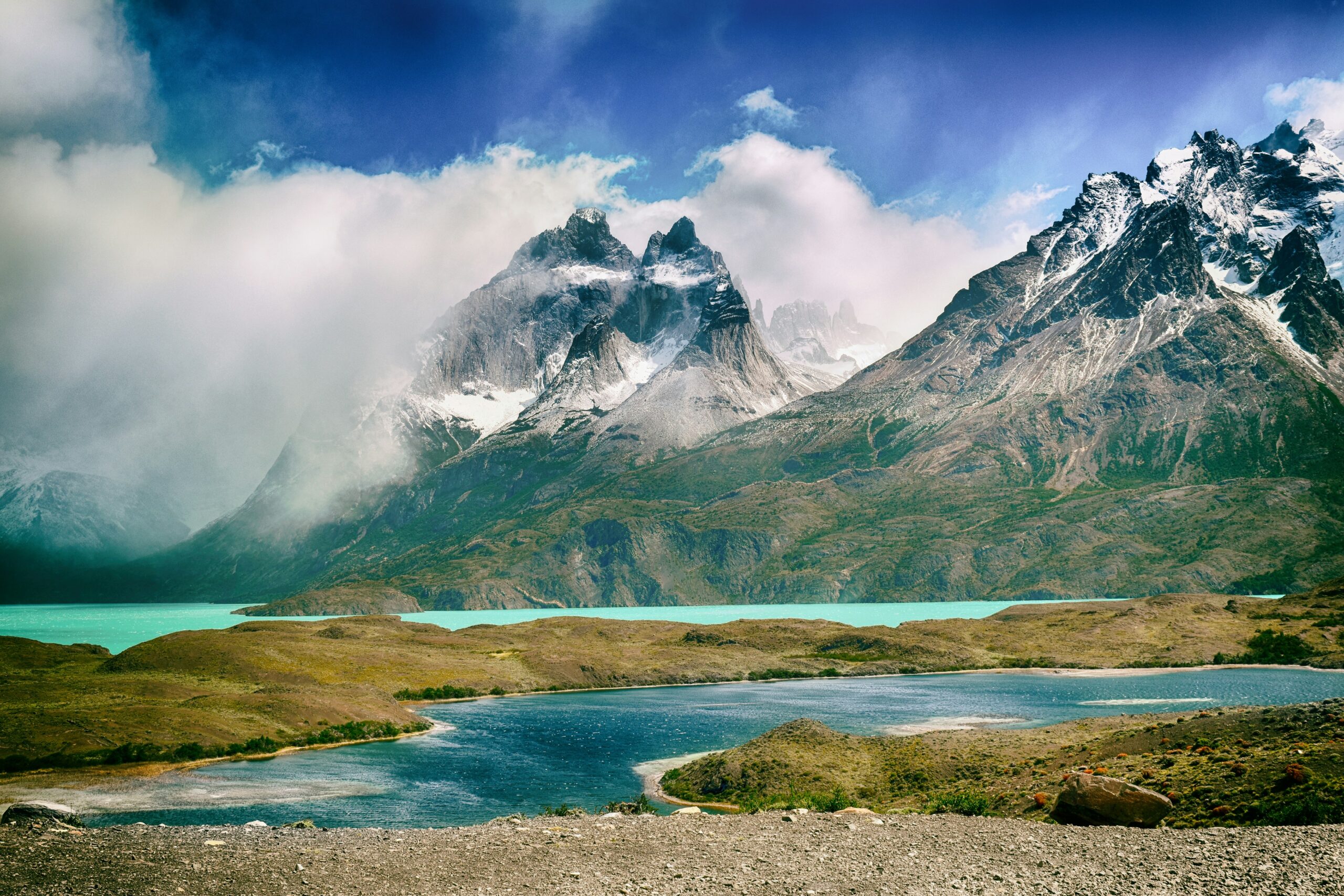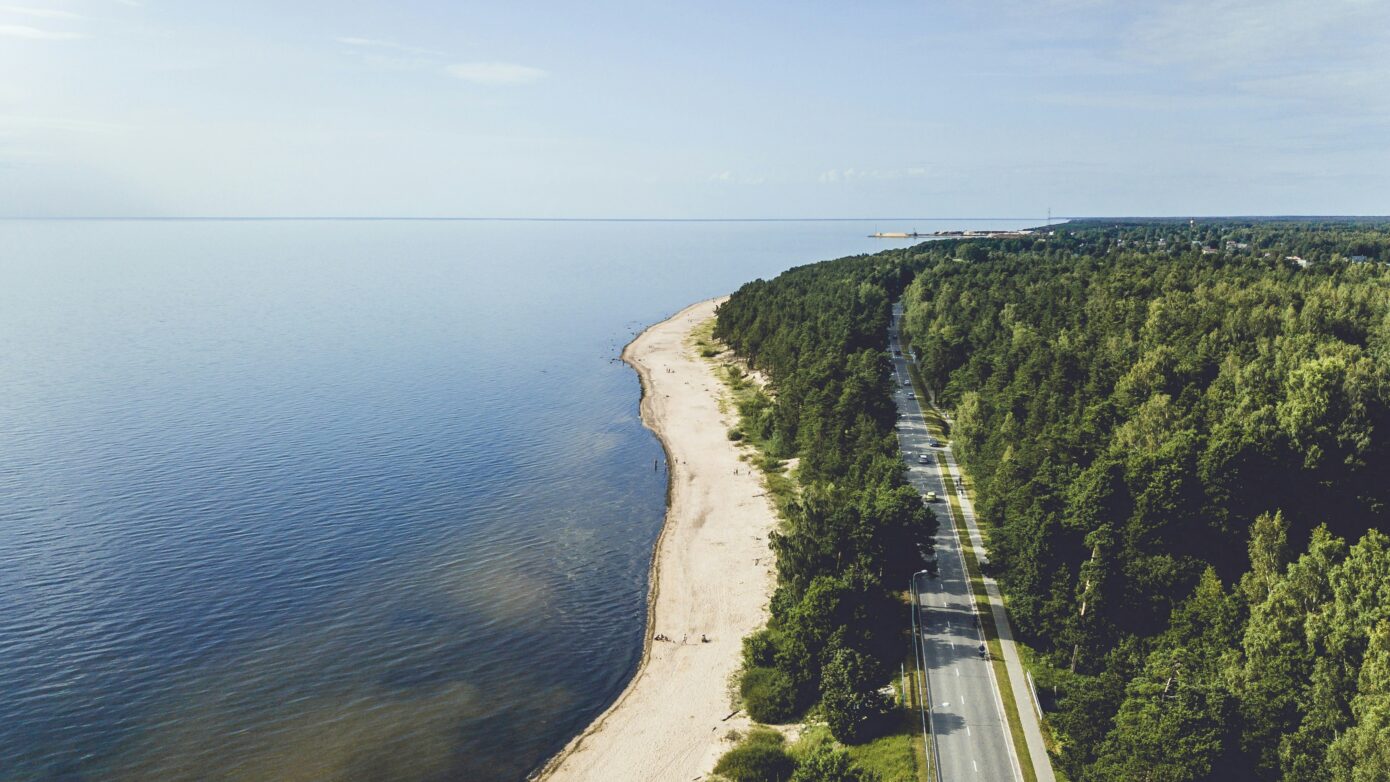TABLE OF CONTENTS
Languages are more than just communication tools, but they’re vessels of cultural knowledge, history, and unique worldviews. Unfortunately, we’re living through a period of unprecedented language loss. Here are three languages teetering on the edge of extinction:
Livonian (Latvia)
Livonian, or Līvõ kēļ, is a Finno-Ugric language that was once spoken along Latvia’s Baltic coast. The language is critically endangered with reportedly no native speakers remaining since the death of the last native speaker in 2013, though recent reports state that a child (Kuldi Medne) born in 2020 is a native speaker. A small community of second-language learners and linguists are working desperately to document and potentially revitalize the language.
What makes Livonian’s potential loss particularly tragic is its unique position between Baltic and Finnic language groups, offering valuable insights into historical language contact and development in the Baltic region.
SPOTLIGHT ON LANGUAGES
Read our pieces on endangered languages:
Bathari (Oman)
The Bathari language of Oman is now spoken by fewer than 20 elderly individuals. This South Arabian language contains grammatical structures and vocabulary not found in its more widespread cousins like Arabic.
Bathari developed in relative isolation among fishing communities along Oman’s southern coast, resulting in unique terms for maritime activities and local biodiversity. Without documentation and revitalization efforts, these specialized knowledge systems will disappear along with the language.

Kawésqar (Chile)
Once spoken throughout the western Patagonian archipelago, Kawésqar now has only a handful of fluent speakers. This language, also known as Alacalufe, was developed by nomadic seafaring people who navigated the labyrinthine channels of southern Chile for thousands of years.
Like many Indigenous languages, Kawésqar carries with it a deep knowledge of the natural environment, navigation, and traditions, serving not only as a means of communication but also as a vessel of cultural identity and worldview. Its vocabulary reflects the close relationship the Kawésqar had with the sea, weather, and landscape, encoding unique ways of understanding their maritime world.
HIGH-QUALITY SPANISH TRANSCRIPTION
Want instant access to transcript ordering, price lists, and more? Sign up for your free client portal now.
Why It Matters
When these languages disappear, we lose much more than words. We lose unique knowledge systems, cultural perspectives, and human adaptations to specific environments that took centuries to develop. Language revitalization efforts are underway for all three languages mentioned, but they face steep challenges as elder speakers pass away and younger generations adopt dominant languages.
Human documentation projects and community-led revitalization initiatives represent the best hope for preserving at least some aspects of these irreplaceable linguistic treasures.
Sign Up for Our Newsletter
The latest and greatest in transcription and translation news.



Leave a Reply